Wildlife and Emerging Zoonotic Diseases: The Biology, Circumstances, and Consequences of Cross-Species Transmission
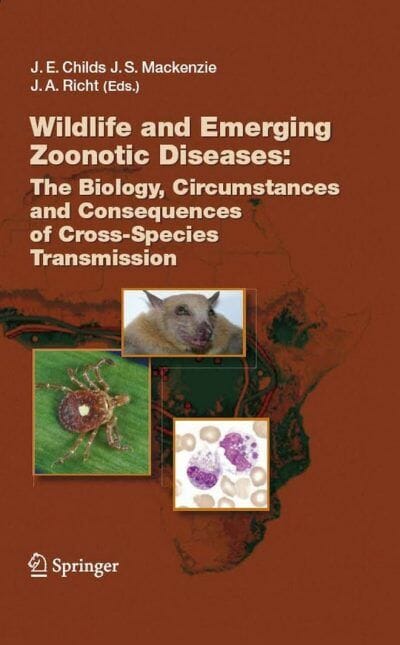
By James E. Childs, John S. Mackenzie and Jürgen A. Richt
Wildlife and Emerging Zoonotic Diseases: The Biology, Circumstances and Consequences of Cross-Species Transmission PDF. Wildlife and the zoonotic pathogens they reservoir are the source of most emerging infectious diseases of humans. AIDS, hantavirus pulmonary syndrome, SARS, Monkeypox and the human ehrlichioses are a few examples of the devastating effect achieved by cross-species transmission of viral and bacterial pathogens of wildlife. Many factors contribute to the appearance and spread of a pathogen, including; changes in host/pathogen evolution and interaction, human demographics, behavior and technology, environmental factors, and the availability of health care and a public health infrastructure capable of providing surveillance and interventions aimed at disease prevention and control. Additionally, historical factors and the coalescence of particular circumstances modify the conditions by which pathogens and species have an opportunity to intermix, evolve and spread.
This volume provides an overview of zoonotic pathogen emergence with an emphasis on the role of wildlife. The first sections of the book explore the mechanisms by which evolution, biology, pathology, ecology, history, and current context have driven the emergence of different zoonotic agents, the next sections provide specific example of disease emergence linked to wildlife, and the final section offers an overview of current methods directed at the surveillance, prevention and control of zoonotic pathogens at the level of the wildlife host and possible mechanisms to improve these activities. This book will be useful to microbiologists, ecologists, zoologists, entomologists as well as physicians and epidemiologists.
| File Size | 14.4 MB |
| File Format | |
| Download link | Free Download | Become a Premium, Lifetime Deal |
| Support & Updates | Contact Us | Broken Link |
| Join Our Telegram Channel |  |
| More Books: | Browse All Categories |

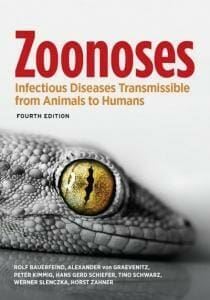
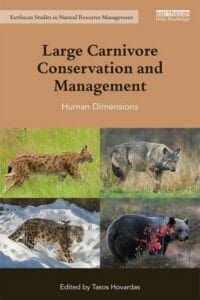

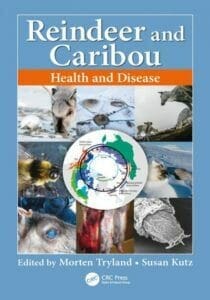

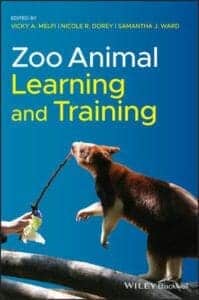
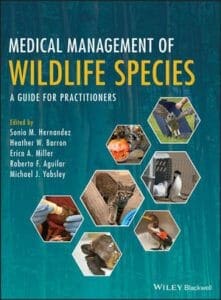





![Ettinger’s Textbook of Veterinary Internal Medicine 9th Edition [PDF+Videos] Ettinger’s Textbook of Veterinary Internal Medicine 9th Edition [True PDF+Videos]](https://www.vet-ebooks.com/wp-content/uploads/2024/10/ettingers-textbook-of-veterinary-internal-medicine-9th-edition-100x70.jpg)

![Textbook of Veterinary Diagnostic Radiology 8th Edition [PDF+Videos+Quizzes] Thrall’s Textbook of Veterinary Diagnostic Radiology, 8th edition PDF](https://www.vet-ebooks.com/wp-content/uploads/2019/09/textbook-of-veterinary-diagnostic-radiology-8th-edition-100x70.jpg)






